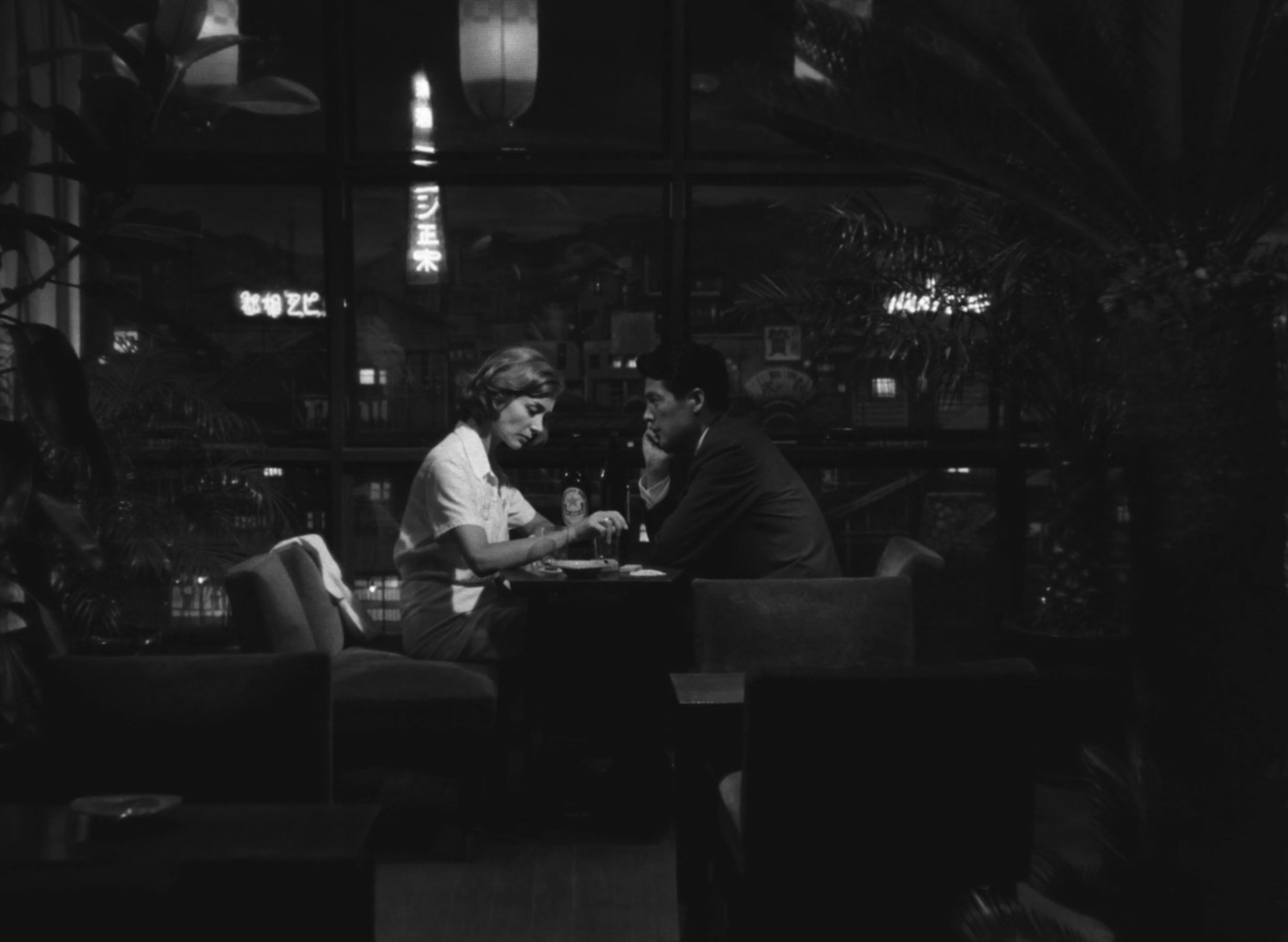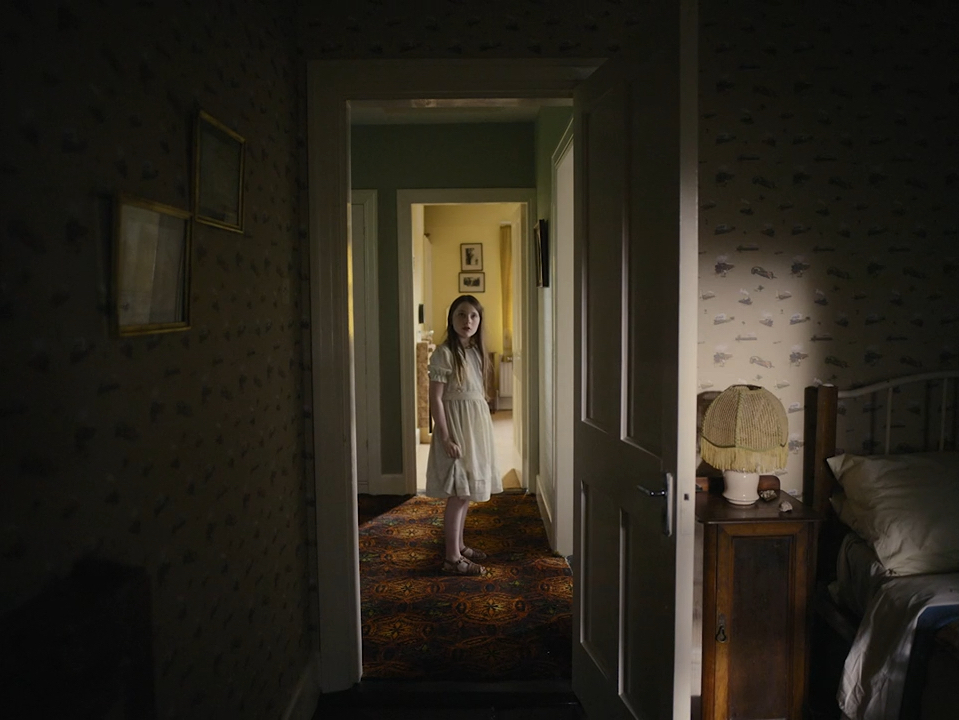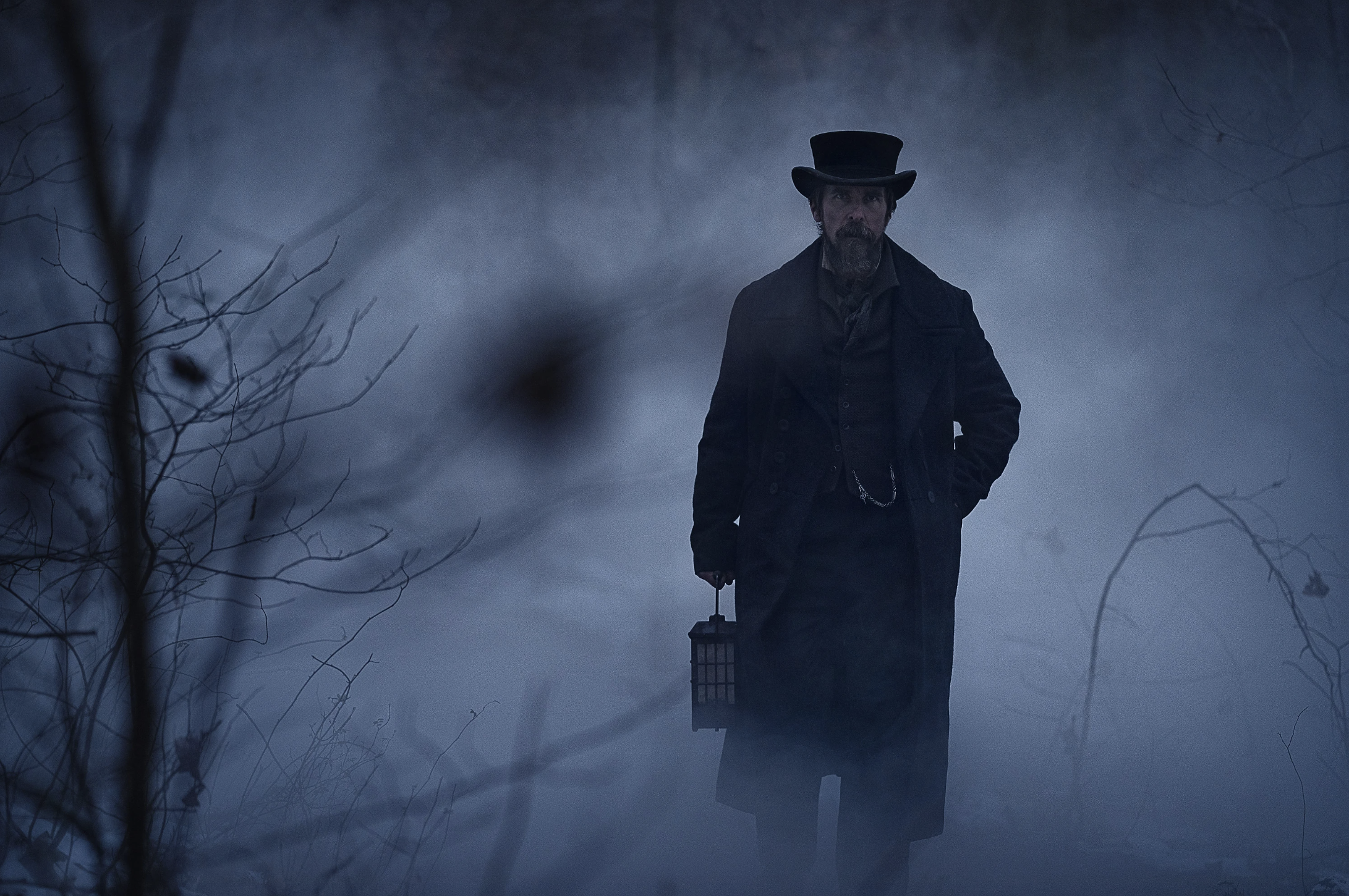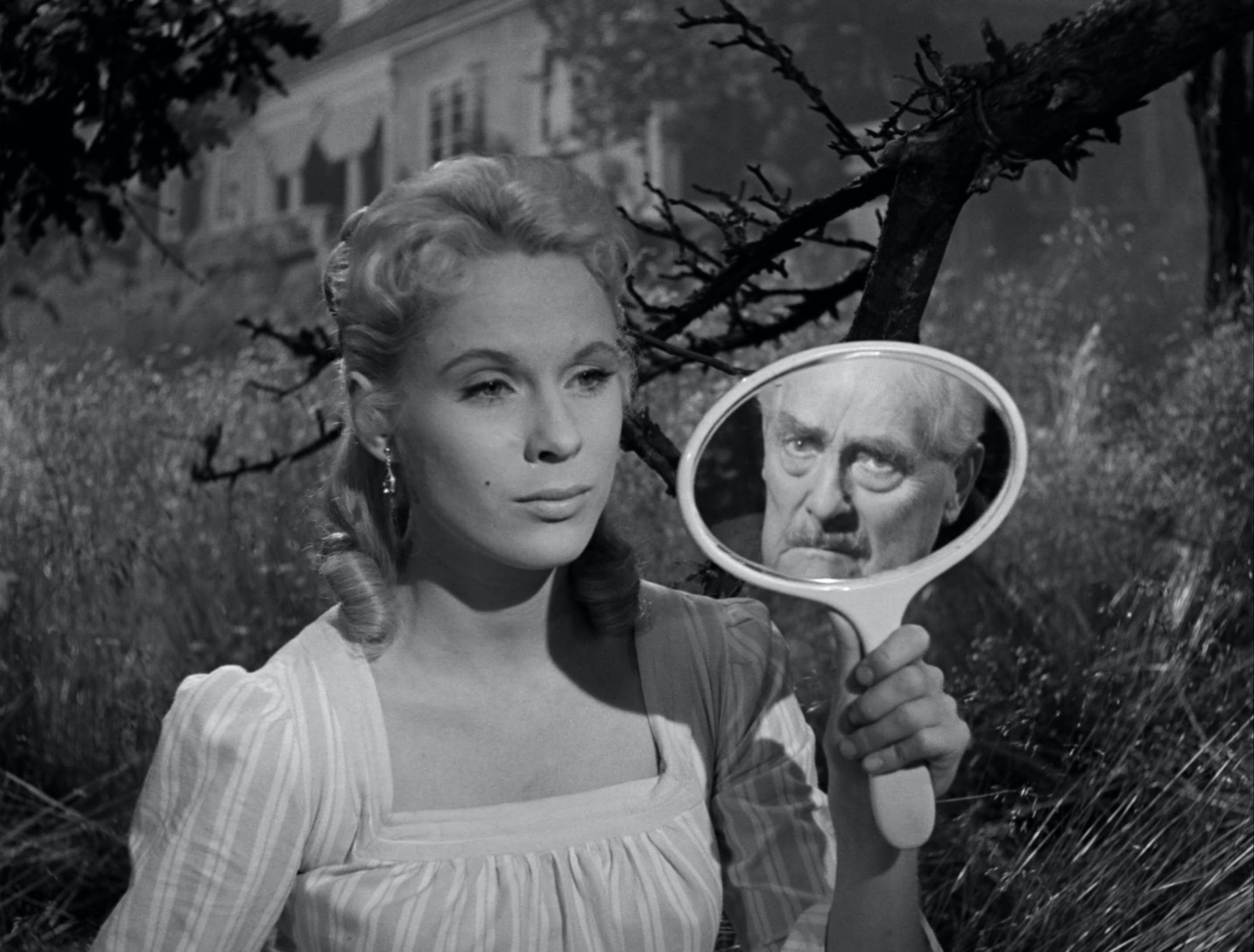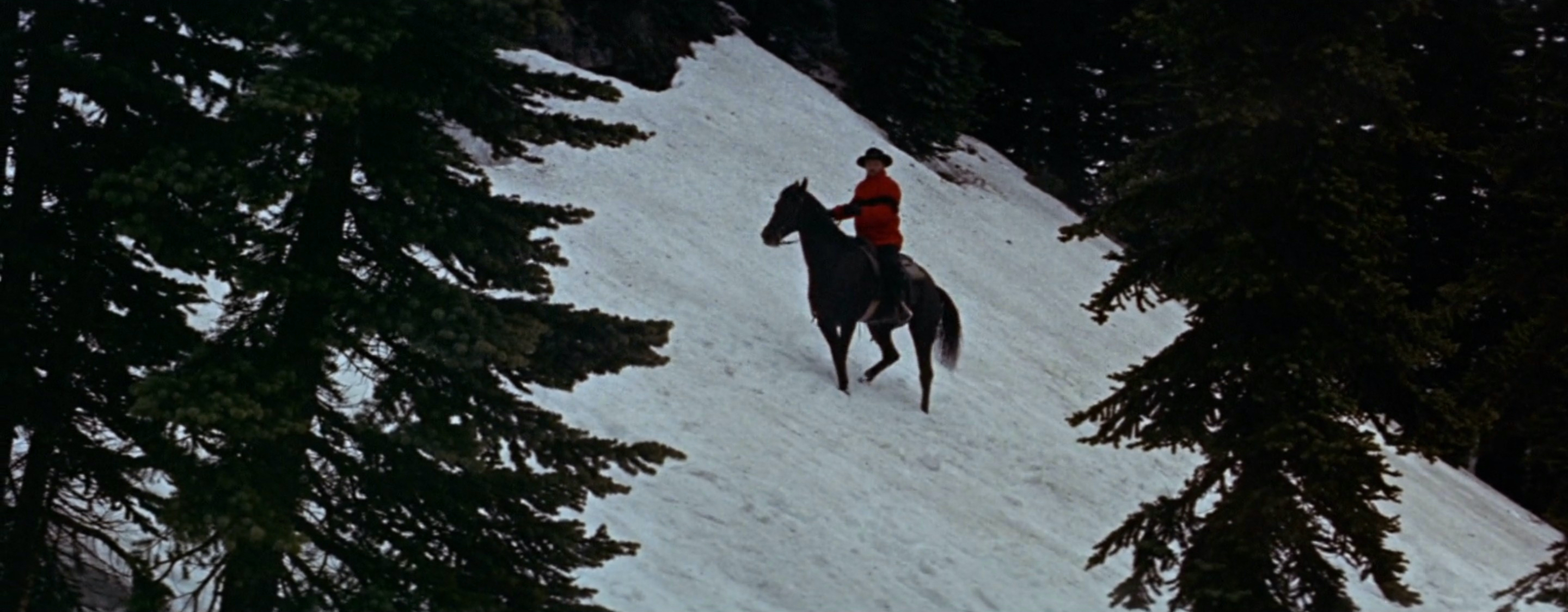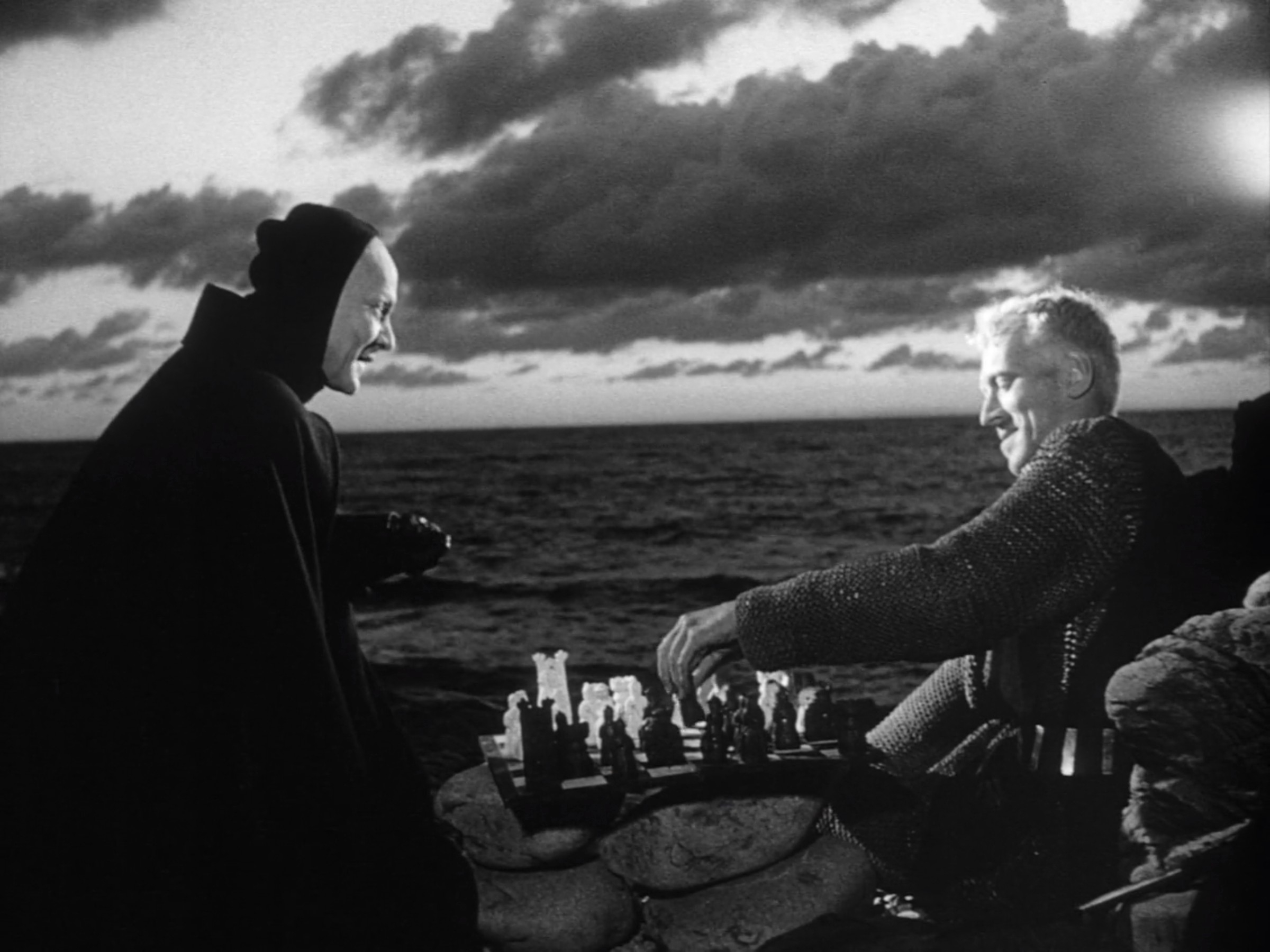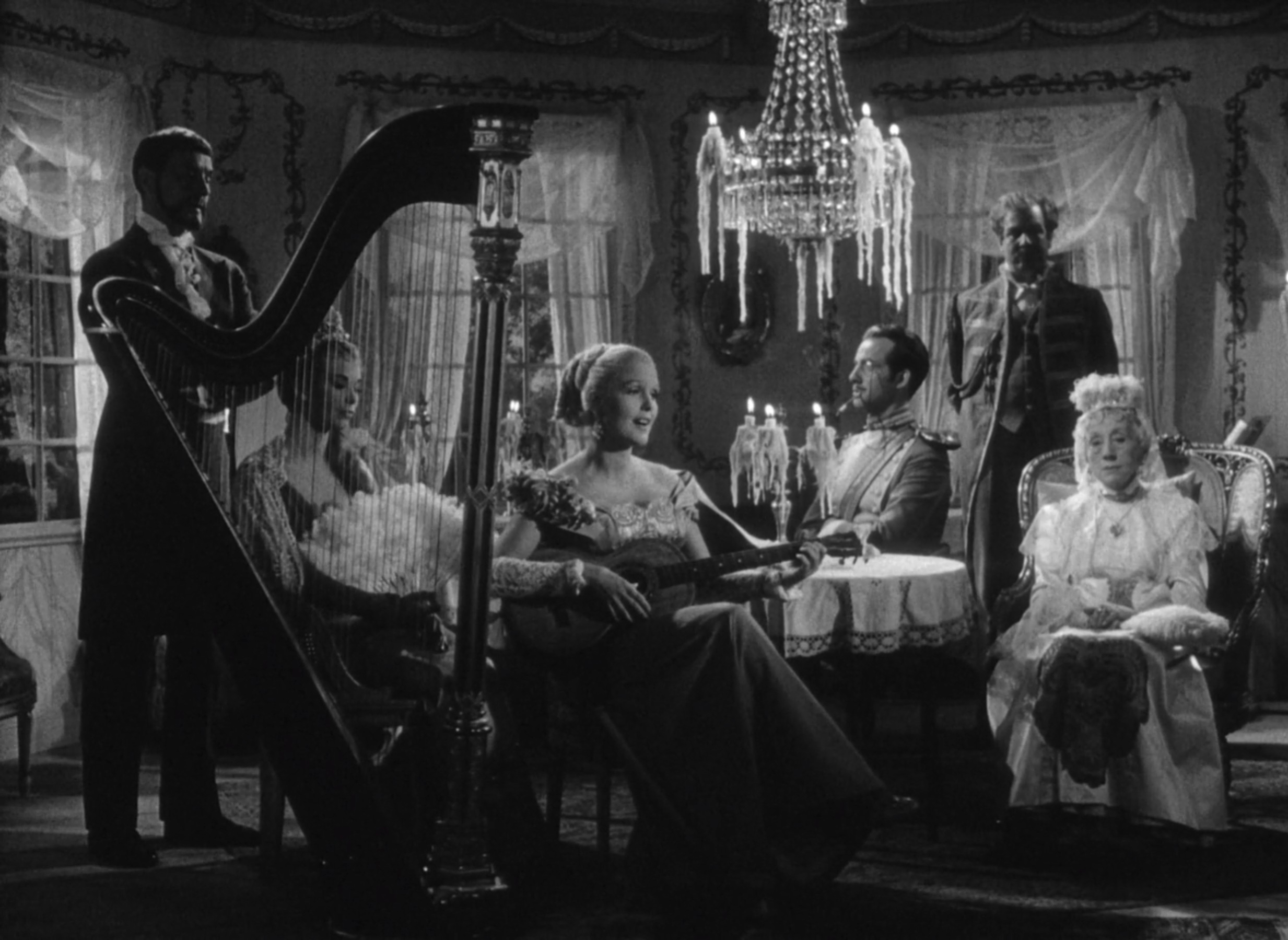Hiroshima Mon Amour (1959)
Hiroshima Mon Amour is a film of intersections – past and present, France and Japan, man and woman, conflicting sides of a war – and through his elusive formal comparisons Alain Resnais draws a sharp divide down the middle of its central romance, ruminating over the subjective memories left behind in the wake of such incomprehensible global tragedy.

